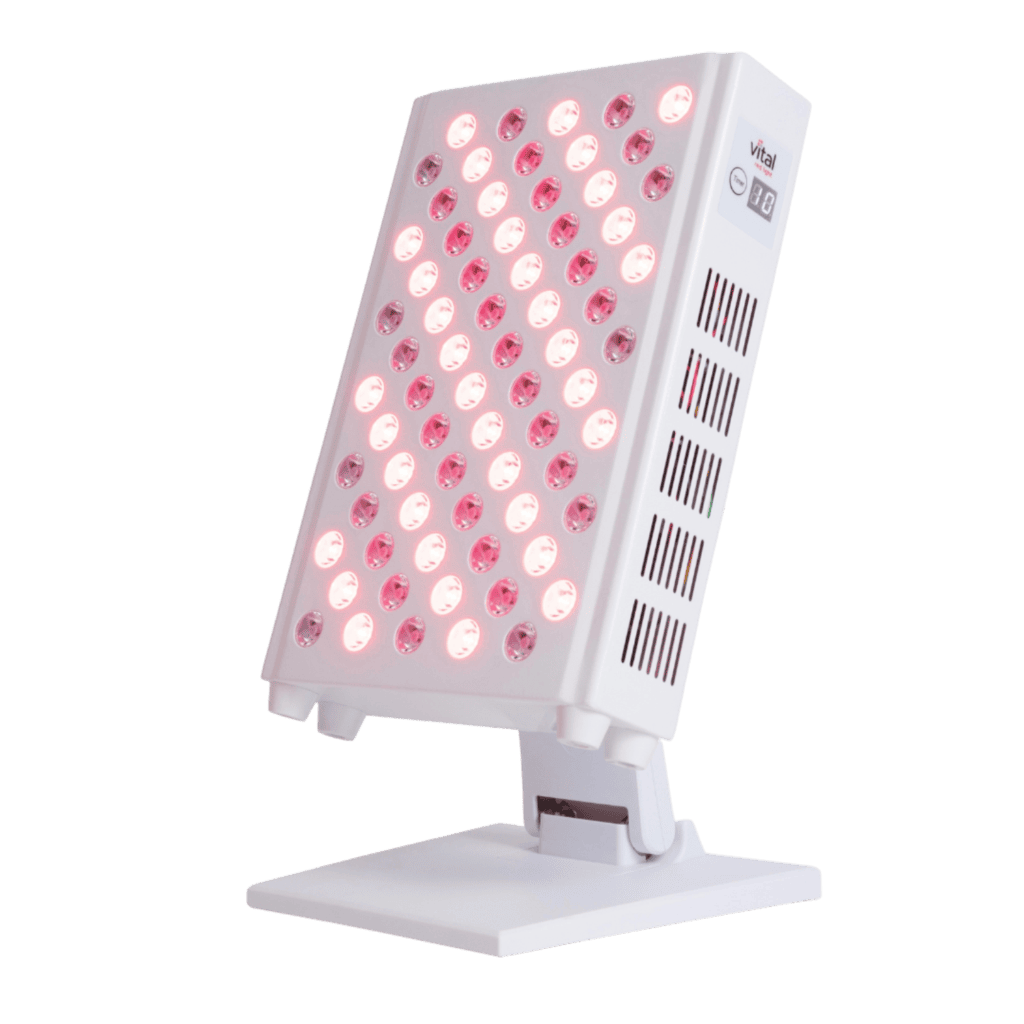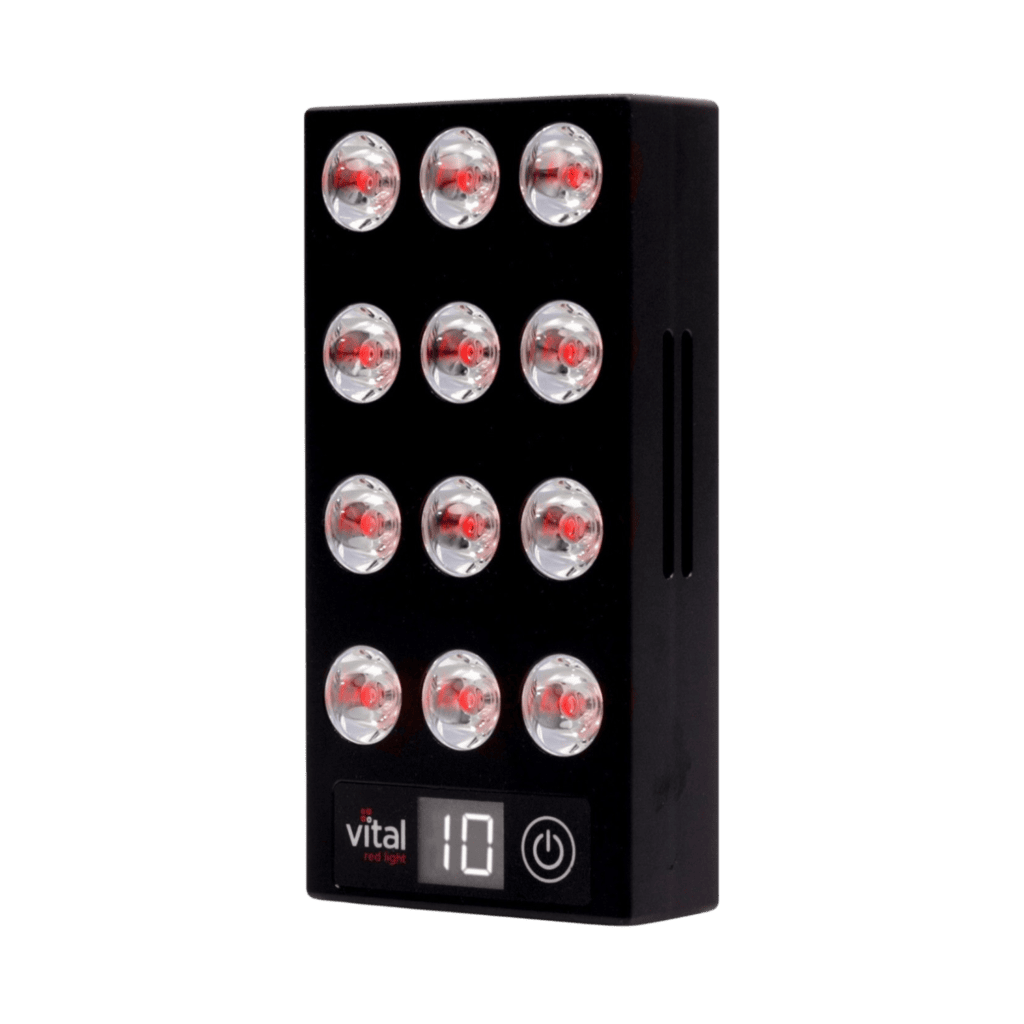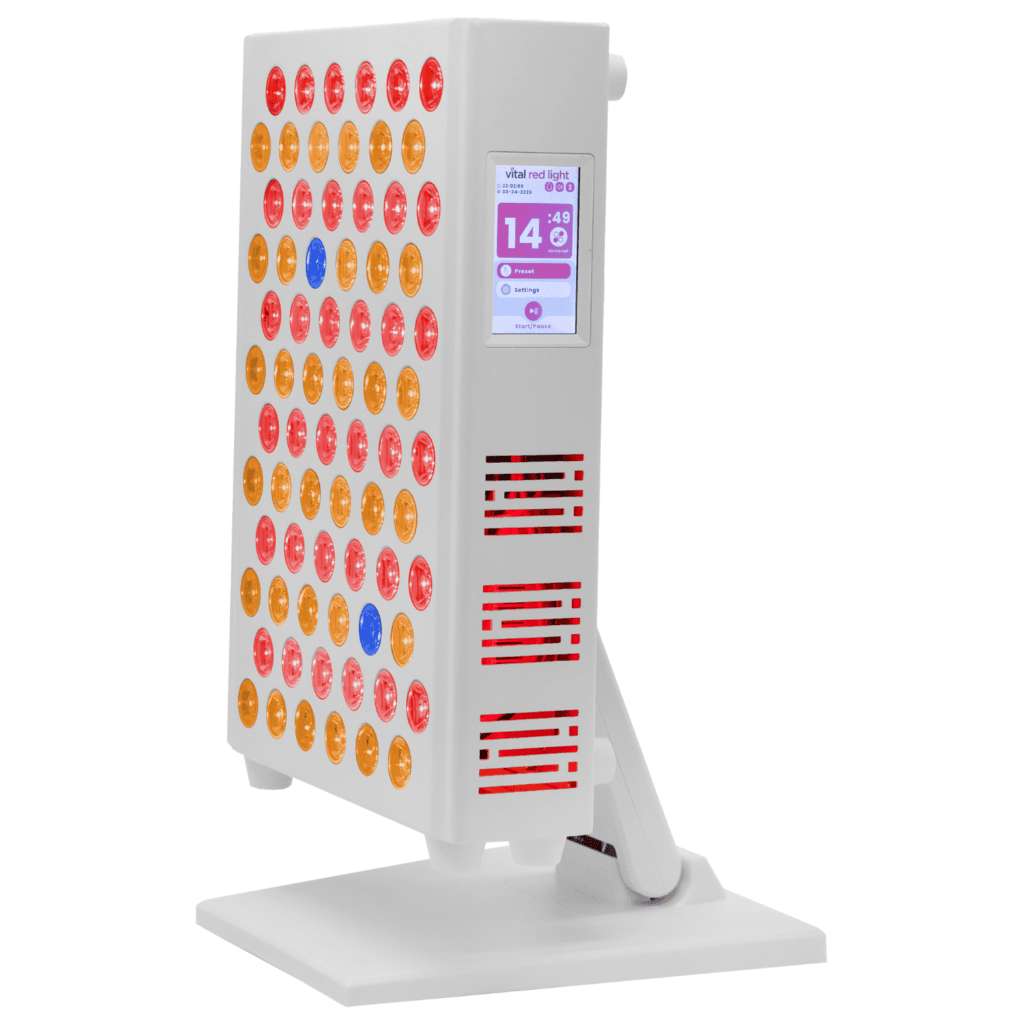
The Instant Gratification Trap: Why Red Light Therapy Isn’t a Quick Fix (and That’s a Good Thing)
We live in a world obsessed with speed. From one-click checkouts to viral dopamine hits on social media, we’re conditioned to expect results now. But when it comes to true wellness, instant gratification can actually get in the way of feeling our best.
That’s where red light therapy enters the picture—not as a magic bullet, but as a daily wellness ritual that supports long-term health. It’s not about chasing highs. It’s about building habits that create balance, clarity, and deeper well-being over time.
Red Light Therapy and the Pleasure Trap
Let’s talk brain chemistry. Dopamine is the molecule of “more.” It’s released during fast pleasures—scrolling TikTok, online shopping, late-night snacks. It fuels instant gratification but fades quickly, often leaving us feeling empty and anxious.
Serotonin, on the other hand, is the molecule of “enough.” It builds slowly through mindfulness, sleep, purpose, and connection. When we constantly chase dopamine, our serotonin takes a back seat, and true happiness becomes harder to reach.
That’s why red light therapy for mental health is gaining traction. It doesn’t spike your brain like junk food or clickbait—it helps balance it. With consistent use, red light therapy has been linked to mood support, improved sleep, and reduced stress, all signs of a healthy serotonin system at work.
Dopamine Detox: Why Red Light Therapy Fits the Bill
Ever heard of a dopamine detox? It’s the idea of taking a break from overstimulation—like constant notifications and social media binges—to reset your brain’s reward system.
You don’t have to live in a cabin to do it. A red light therapy routine is a perfect alternative. Imagine this: you carve out 10 quiet minutes, unplug, and bathe in therapeutic red and near-infrared light. No scrolling. Just stillness. Your body relaxes, your mind recalibrates.
This isn’t fantasy—it’s photobiomodulation at work, supporting both mental health and cellular function.
Delayed Gratification Is the New Flex
People want quick results. But lasting change? That takes time. Whether you’re building muscle, healing your skin, or calming your mind, it requires consistency. That’s why consistent red light therapy use is so powerful—it builds slowly, but deeply.
It’s not uncommon to notice subtle improvements after a few sessions. But real change—like better sleep, reduced inflammation, and a calmer nervous system—comes with long-term use.
Much like meditation, fitness, or journaling, red light therapy is best when it’s part of your lifestyle, not a one-time thing.
Red Light Therapy for Stress, Sleep, and Sanity
Stress, burnout, insomnia—we all know the symptoms of a world running on empty. While red light therapy won’t eliminate stress altogether, research shows it can reduce cortisol levels, enhance circulation, and support sleep hygiene.
Using red light therapy for stress relief isn’t about erasing problems. It’s about giving your body a daily signal to relax, reset, and return to balance. That kind of steady calmness is exactly what instant gratification can’t give you.
How to Get Started (Without the Pressure)
You don’t need to overhaul your life. Start small. Add a daily red light therapy routine to your morning or evening ritual. Pair it with a cup of tea or a few deep breaths. Keep your phone out of reach. Let your brain rest.
You’ll be surprised how fast your body begins to crave that quiet glow. And over time, the results speak for themselves: more energy, better focus, clearer skin, and a sense of inner calm you can actually trust.
The Glow That Lasts
The truth? Red light therapy benefits aren’t instant—and that’s the beauty of it. You’re not chasing a high. You’re investing in a low-drama, high-impact routine that builds you up from the inside out.
So, are you ready to break up with instant gratification and try something with real staying power? The choice is yours:
Keep swiping for the next dopamine hit…
Or slow down, light up, and glow with intention.




















